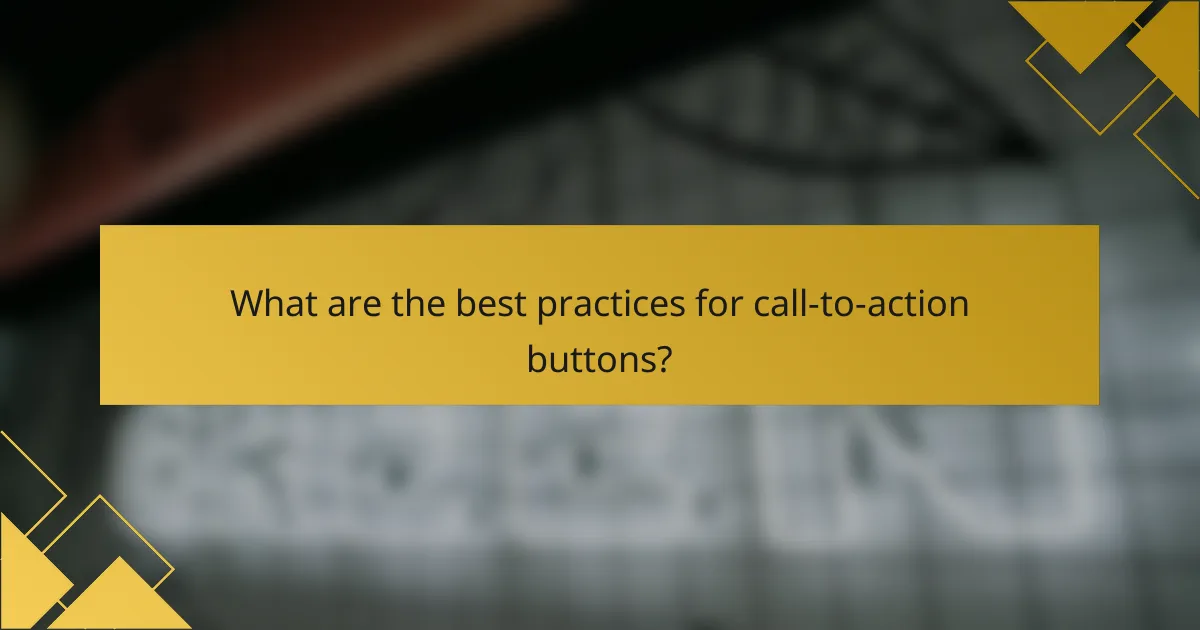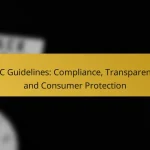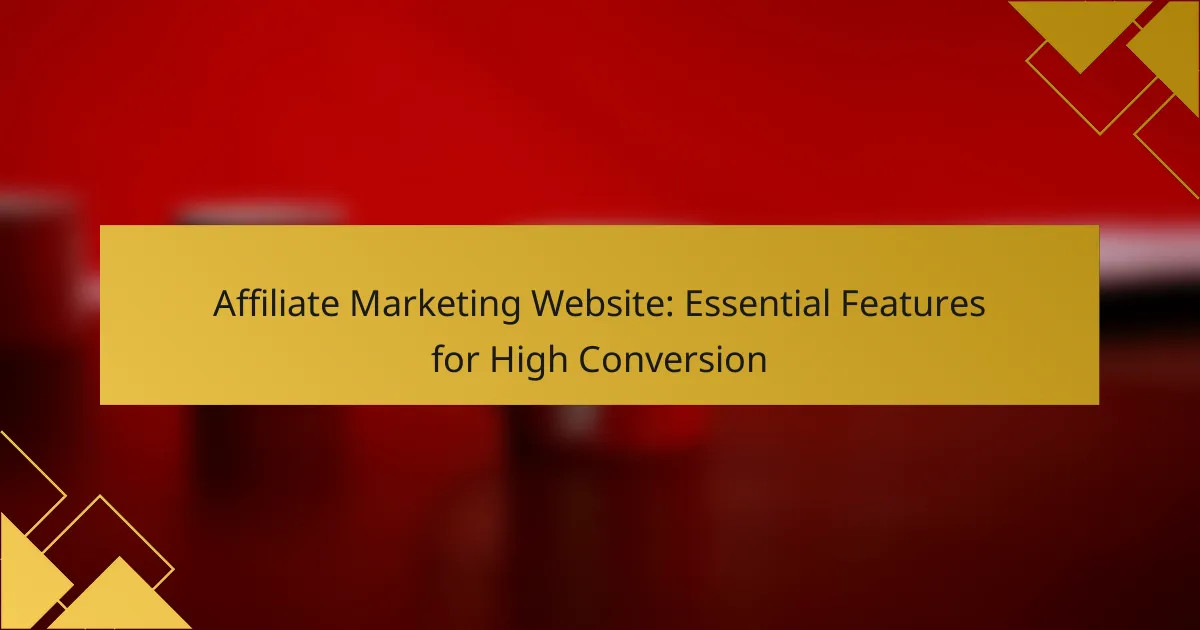Creating landing pages that drive high conversion rates requires a strategic approach centered on clarity and user engagement. By incorporating strong calls to action, mobile optimization, and trust signals, you can effectively guide visitors toward desired actions. Focusing on simplicity and speed further enhances the user experience, making it easier for potential customers to navigate and convert.

How to design landing pages for high conversion rates?
To design landing pages that achieve high conversion rates, focus on clarity, strong calls to action, and mobile optimization. These elements work together to engage visitors and encourage them to take desired actions, such as signing up or making a purchase.
Use clear and compelling headlines
Headlines are the first thing visitors see, making them crucial for capturing attention. Use concise language that clearly conveys the value proposition of your offer. Aim for headlines that evoke curiosity or highlight benefits, as these can significantly increase engagement.
Consider using numbers or questions in your headlines to make them more appealing. For example, “Boost Your Sales by 50% in Just 30 Days” can be more enticing than a generic statement.
Incorporate strong calls to action
Calls to action (CTAs) guide users toward the next step you want them to take. Use action-oriented language, such as “Get Started Now” or “Claim Your Free Trial,” to create urgency. Position your CTAs prominently on the page, ensuring they stand out visually.
Experiment with different colors and button sizes to see what resonates best with your audience. A/B testing various CTAs can help identify the most effective options for driving conversions.
Optimize for mobile devices
With a significant portion of web traffic coming from mobile devices, ensuring your landing page is mobile-friendly is essential. Use responsive design techniques to make your page adaptable to different screen sizes, providing a seamless experience for all users.
Keep mobile users in mind by simplifying navigation and minimizing loading times. Aim for a loading speed of under three seconds to reduce bounce rates and improve user satisfaction.
Utilize high-quality images
High-quality images can enhance the visual appeal of your landing page and help convey your message more effectively. Use relevant images that support your content and resonate with your target audience.
Consider using images of people engaging with your product or service, as these can create a connection with visitors. Avoid stock images that feel generic; instead, opt for authentic visuals that reflect your brand’s identity.
Implement A/B testing
A/B testing allows you to compare different versions of your landing page to determine which performs better. Test elements such as headlines, images, CTAs, and overall layout to identify what resonates most with your audience.
Start with small changes and analyze the results over time. Even minor adjustments can lead to significant improvements in conversion rates, so continuously refine your approach based on data-driven insights.

What elements increase landing page effectiveness?
Effective landing pages incorporate several key elements that enhance user engagement and conversion rates. By focusing on social proof, trust signals, and concise copy, you can significantly improve the likelihood of turning visitors into customers.
Social proof and testimonials
Social proof, such as customer testimonials and user reviews, can greatly influence potential buyers. When visitors see that others have had positive experiences, they are more likely to trust your product or service.
Incorporate authentic testimonials prominently on your landing page. Consider using photos or names (with permission) to add credibility. Aim for a mix of short quotes and longer stories that highlight specific benefits.
Trust signals and security badges
Trust signals, including security badges and industry certifications, reassure visitors that their data is safe. Displaying these elements prominently can reduce anxiety and increase the likelihood of conversion.
Ensure that your landing page includes recognizable security logos, such as SSL certificates or payment security badges. These should be placed near call-to-action buttons to reinforce trust at critical decision points.
Concise and persuasive copy
Concise and persuasive copy is crucial for capturing attention and driving action. Use clear, benefit-oriented language that speaks directly to the needs of your target audience.
Focus on headlines that grab attention and subheadings that guide readers through your content. Keep paragraphs short and use bullet points for easy scanning. Avoid jargon and ensure that your message is straightforward and compelling.

Which design principles enhance user experience?
Effective design principles significantly enhance user experience by making landing pages intuitive and engaging. Key aspects include simplicity, visibility, and speed, which together can lead to higher conversion rates.
Maintain a clean and simple layout
A clean and simple layout helps users navigate your landing page effortlessly. Avoid clutter by limiting the number of elements and focusing on essential information. Use ample white space to create a visually appealing design that directs attention to key calls to action.
Consider using a grid system to organize content logically. This approach allows users to scan the page quickly, improving their overall experience. Aim for a layout that is easy to understand at a glance, which can lead to better engagement.
Use contrasting colors for visibility
Contrasting colors enhance visibility and draw attention to important elements like buttons and headlines. Choose a color palette that aligns with your brand while ensuring that key features stand out. For instance, a bright button on a muted background can effectively encourage clicks.
When selecting colors, consider accessibility standards to ensure that all users, including those with visual impairments, can navigate your site. Tools like color contrast checkers can help you verify that your choices meet recommended guidelines.
Ensure fast loading times
Fast loading times are crucial for retaining visitors and improving conversion rates. Aim for a loading time of under three seconds, as delays can lead to high bounce rates. Optimize images and use efficient coding practices to enhance performance.
Regularly test your landing page speed using tools like Google PageSpeed Insights. This can help identify areas for improvement. Additionally, consider using a content delivery network (CDN) to speed up loading times for users across different locations.

What are the best practices for call-to-action buttons?
Effective call-to-action (CTA) buttons are crucial for driving conversions on landing pages. Best practices include strategic placement, compelling language, and visual appeal to encourage user engagement.
Position buttons above the fold
Placing CTA buttons above the fold ensures that they are visible without requiring users to scroll. This increases the likelihood of interaction, as users can immediately see the action you want them to take. Aim to position your primary CTA within the first screen view on both desktop and mobile devices.
Consider using a sticky button that remains visible as users scroll down the page. This keeps the CTA accessible and can lead to higher conversion rates, especially on longer landing pages.
Use action-oriented language
Action-oriented language in your CTA buttons prompts users to take immediate action. Phrases like “Get Started,” “Download Now,” or “Sign Up Free” create a sense of urgency and clarity about what users will gain by clicking the button.
Avoid vague terms like “Submit” or “Click Here,” as they do not convey the value of the action. Instead, focus on the benefit or outcome the user will receive, making the CTA more appealing and persuasive.
Test different button colors
The color of your CTA button can significantly impact its effectiveness. Testing different colors helps identify which ones resonate best with your audience. Generally, contrasting colors that stand out from the background can draw attention and encourage clicks.
Consider conducting A/B tests with various colors to see which performs better. For instance, a bright red or green button may attract more clicks than a muted shade. Keep in mind that cultural perceptions of color can vary, so choose colors that align with your brand and audience preferences.

How can analytics improve landing page performance?
Analytics can significantly enhance landing page performance by providing insights into user interactions and conversion rates. By leveraging data, marketers can identify areas for improvement, optimize design elements, and ultimately increase conversion rates.
Track user behavior with heatmaps
Heatmaps visually represent user interactions on a landing page, showing where visitors click, scroll, and spend time. This data helps identify which sections attract attention and which are ignored, allowing for targeted adjustments. For example, if a call-to-action button is frequently overlooked, repositioning it or changing its design could improve visibility.
Consider using tools like Hotjar or Crazy Egg to generate heatmaps. Regularly review these insights to adapt your landing page layout based on user behavior patterns, ensuring that key elements are strategically placed for maximum engagement.
Analyze conversion funnel data
Analyzing conversion funnel data reveals how users progress through the stages of your landing page, from initial visit to final action. Understanding where users drop off can highlight obstacles that hinder conversions. For instance, if many users abandon the form submission process, it may indicate that the form is too lengthy or complex.
Utilize tools like Google Analytics to track funnel performance. Focus on optimizing the stages with the highest drop-off rates by simplifying forms, enhancing page load speed, or improving content clarity. Regularly revisiting this data will help maintain a high conversion rate over time.

What tools can assist in landing page creation?
Several tools can streamline the process of landing page creation, enhancing both design and functionality. These platforms often provide templates, analytics, and easy customization options to optimize conversion rates.
Unbounce for drag-and-drop design
Unbounce is a popular tool that allows users to create landing pages using a drag-and-drop interface. This feature makes it accessible for those without coding skills, enabling quick adjustments and real-time previews.
With Unbounce, you can choose from a variety of templates tailored for different industries and purposes. Users can easily customize elements such as headlines, images, and call-to-action buttons to align with their branding and marketing goals.
To maximize effectiveness, consider A/B testing different versions of your landing page. Unbounce provides built-in tools for this, allowing you to compare performance metrics and make data-driven decisions to improve conversion rates.









